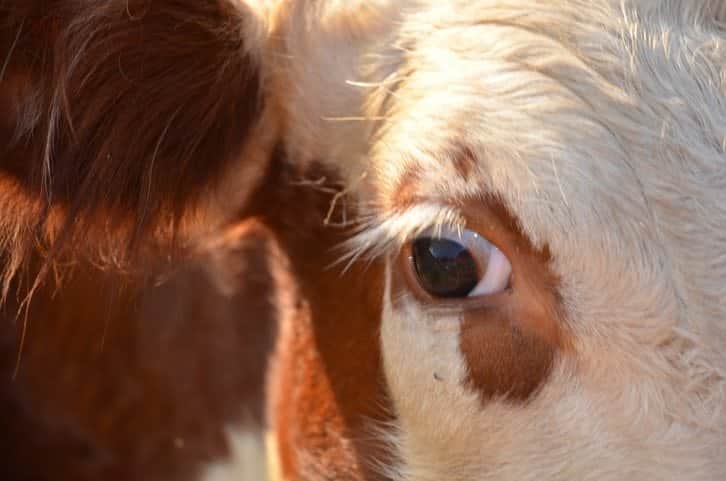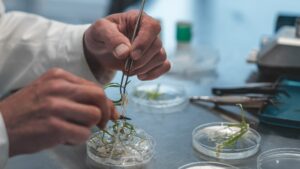Many people don’t know it, but in terms of surface area, silage maize is one of Europe’s most important crops, feeding close to 90 million cattle in addition to being used for energy production and nutrition. The so called ‘silage belt’ which runs along the North Sea, to the central European countries, via Belarus and Ukraine to Russia, covers 90% of the total amount of milk that is produced on the European continent. Data indicate that until 2026 the EU-28 dairy production is expected to increase by 9%.
Euralis reinvests 13% of its turnover in research every year. This figure clearly illustrates our focus on innovation. In addition to that, for us it is obvious that market understanding must be the basis for innovation. So, we are taking the farmers’ needs as the starting point in our silage maize breeding programme.
By doing so, our company has identified the particular importance of two major factors for feeding quality namely starch content and stover digestibility. And we have really made major genetic improvements for both factors by selecting for digestible yield and introducing new genetic backgrounds. For silage quality, the selection criteria in our breeding program were defined by a stable digestible yield and I am happy to say that we have made a big genetic improvement by a strong selection for this trait.
I am also proud to say that our company can look back on 30 years of success in breeding silage varieties and is looking forward to many more through its SILOBREED approach. The performance of our silage maize hybrids is the result of a successful, European-wide linked-up series of trials. Our overall breeding objectives are yield performance and stability, quality and agronomical tolerances like lodging or disease tolerances like Helminthosporium turcicum. And through screening, our company identifies new heterosis effects and uses molecular markers to help select for digestible yield, testing the crossings across a large European network of trial plots to choose the best candidates for new hybrids. Then, we are able to characterize the yield and quality profile of the new hybrids using its new Profiling System to find the best varieties for each farmer’s needs.
So, to all European farmers I can say: watch out for our varieties like ES Metronom, ES Amulet and ES Watson, which are top performers in their European silage markets!









